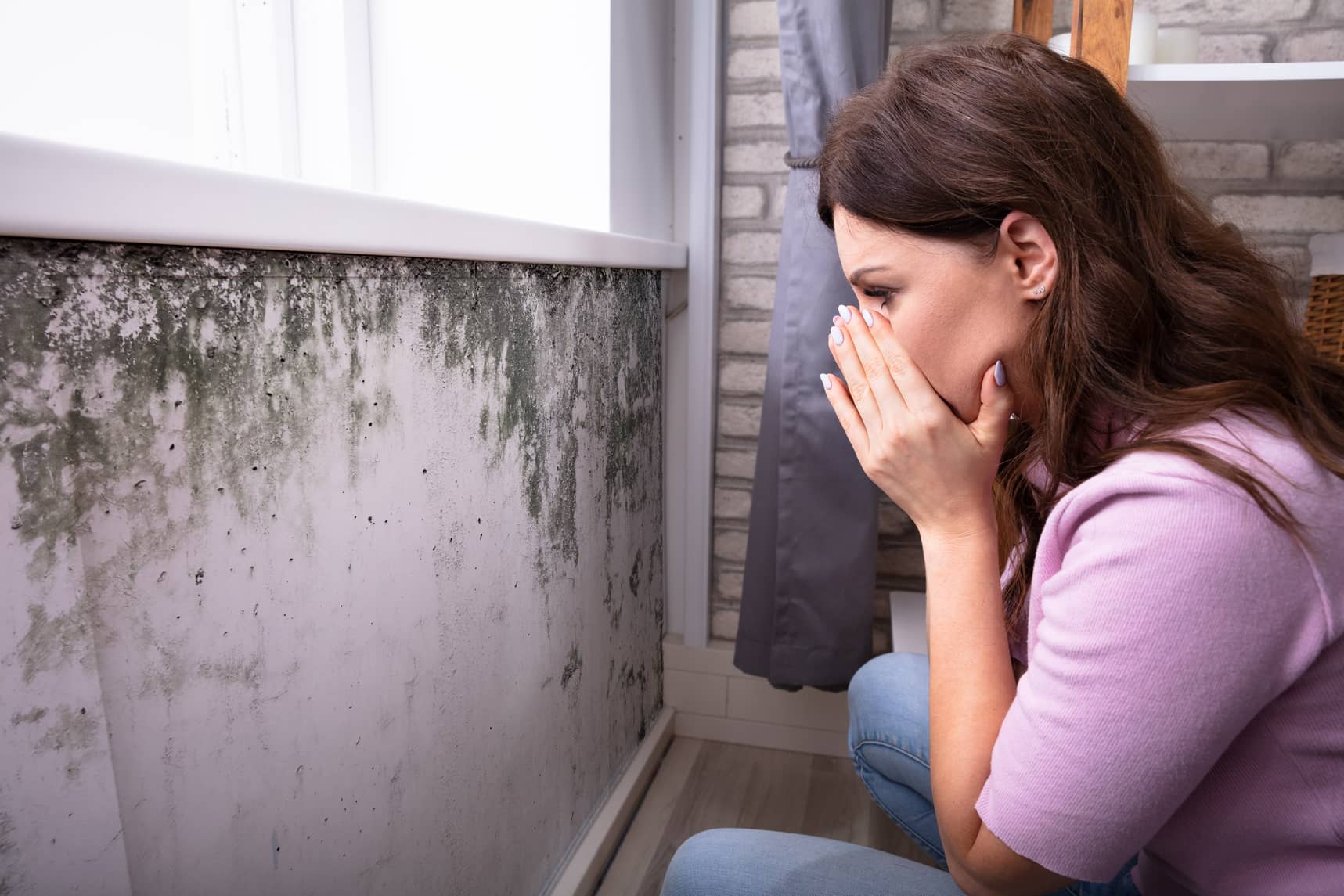When mold grows in your home, the health of your family is at risk. In order to keep yourself and your loved ones safe, you must find out exactly what kind of mold exists on a microscopic level. You can have a professional mold inspector come on site and collect samples and inspect for the same. However, this can be time-consuming and difficult! How do you go about identifying which services offer the most accurate detection of all types of molds?
Introduction
Mold inspection is the process of inspecting for mold and any spores that may be present. While it’s not always necessary, mold inspection can help identify and prevent potential health risks. The most common types of mold are environmental molds, which are found in many indoor environments, and pathogenic molds, which can cause health problems.
Mold inspection typically includes a visual inspection of the building or area to be evaluated for signs of mold growth, followed by a test for the presence of mold spores. Mold inspection can be performed by a professional inspector or by homeowners themselves with the help of a home testing kit.
If you’re considering whether to conduct a mold inspection, here are some factors to consider:
– Does the building or area you’re considering inspecting look like it may contain mold?
– What kinds of harmful effects does mold have on people and property?
– Are there any known sources of moisture in the building or area?
If you decide to conduct a mold inspection yourself, here are some tips for doing it safely:
– Use caution when entering any potentially damp areas. Wait until the area has dried out before proceeding.
Mold inspection
Mold inspection is the process of identifying and assessing the presence of mold in a facility. It is important to identify and assess mold growth as early as possible in order to prevent related health concerns. \r
To conduct a mold inspection, first you will need to gather information about your facility, including its layout, ventilation systems, HVAC systems, occupancies, and source of water. You will also need to gather samples from specific areas of the facility for analysis.\r
Once you have collected the required information and samples, you can begin the assessment process by performing a visual inspection. This involves assessing the structure and appearance of walls, ceilings, flooring, insulation, and other areas for evidence of moisture damage or mold growth. \r
If visual inspection does not reveal any signs of moisture damage or mold growth, you can conduct air sampling using approved methods such as Dorm Room Sampling Protocol or Indoor Air Quality Diagnostic Techniques. Air sampling will help you to identify potential sources of moisture damage or mold growth in your facility.\r
Once you have collected the data from air sampling and visual inspection, you can use it to develop a detailed Mold Inspection Plan.
Types of Mold Inspection
Mold inspection is the process of visually identifying and assessing the presence of mold in a building or other structure. The goal of mold inspection is to identify and assess any potential health and safety risks posed by mold growth, and to take appropriate remedial action if necessary.
There are a variety of different types of mold inspection that can be used to help ensure that a building is free from potential health and safety risks associated with mold growth. Inspection methods may include visual inspection, air sampling, moisture measurement, and biological testing. Each method has its own strengths and weaknesses, so it’s important to choose the type of inspection that will best suit the needs of the situation.
Visual inspection is the easiest and most common type of inspection, and it can be done using just your eyes. During visual inspection, you’ll look for signs such as visible mold growth on surfaces or inside buildings, areas where moisture levels are high, or evidence of damage caused by mold growth.
Air sampling is a more specialized form of mold inspection that uses devices like samplers to capture air samples from specific areas in a building. Air samples can then be analyzed for signs of fungus or other types of mold growth.
How to get mold inspection done?
Mold is a fungal infection that typically grows in warm and humid environments. It is most commonly found in buildings, but can also grow outdoors in extreme weather conditions.
Mold is not just a cosmetic issue; it can be dangerous if it grows unchecked and infiltrates your home or building. To prevent this, you need to get your mold inspection done.
Here are some tips on how to do it:
First, make sure you have the right equipment. You’ll need a mold inspector’s tester kit to test for levels of dampness and humidity in the area. This will help you determine whether there is significant mold growth or not. The kit will also include a moisture meter to measure the amount of water present.
If you don’t have a mold tester kit, you can get one at any hardware store or home improvement store. Just be sure to read the instructions carefully so you don’t contaminate the area you’re testing.
Next, make an appointment with a professional mold inspector like mold inspection Denver. This will ensure that the inspector has the necessary training and gear to properly inspect the area.
Conclusion
Mold inspection can be a critical part of your health and safety regime in any commercial property. Not only is it important to identify mold and its potential hazards, but also to take steps to eradicate the fungus as quickly as possible.

